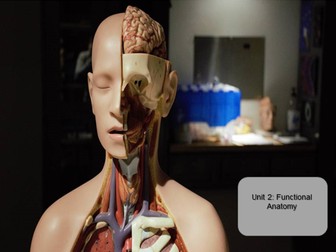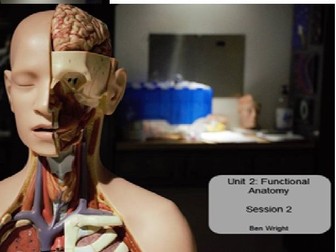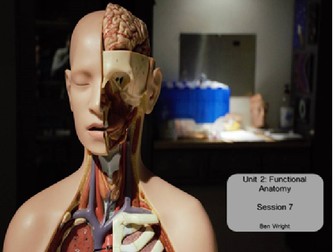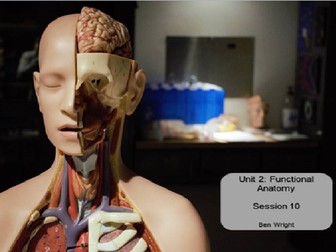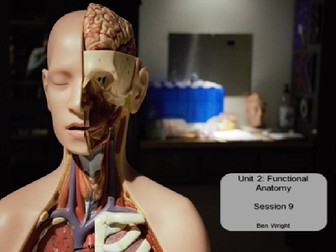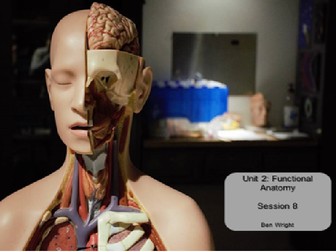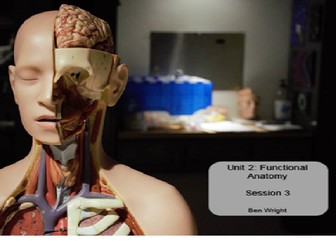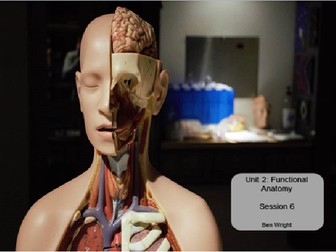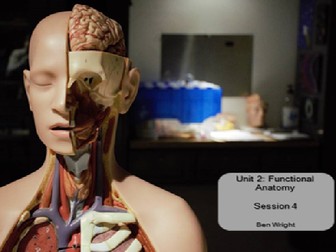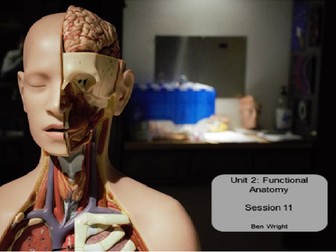
Functional Anatomy BTEC Nationals Sport and Exercise Science Unit 2 Lesson 1
This interactive powerpoint presentation relates to
A: Anatomical positions, terms and references
Anatomical terminology covered:
Anatomical standing position (point of reference).
• Anatomical language:
o anterior
o posterior
o lateral
o medial
o proximal
o distal
o superior
o inferior
o peripheral
o deep
o supine
o prone.
Following this session learners will be able to:
State the key anatomical language used in Sport and Exercise Science
Apply key anatomical language to Sport and Exercise movements
